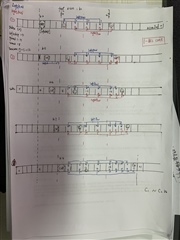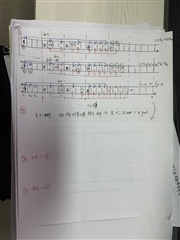In the 1-pass process, when the unit under test is at a close distance, the values of LEFTPOWER and RIGHTPOWER are all the cells on the right side of the unit to be detected. Why is this calculation?
-
Ask a related question
What is a related question?A related question is a question created from another question. When the related question is created, it will be automatically linked to the original question.




